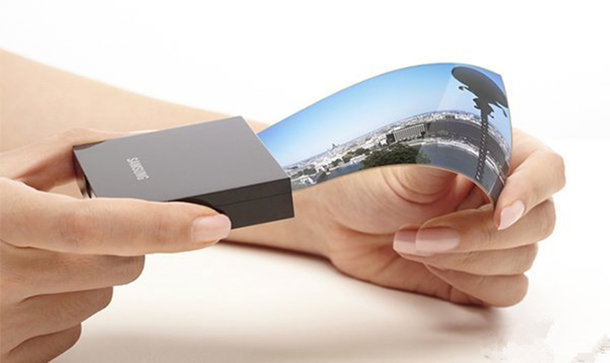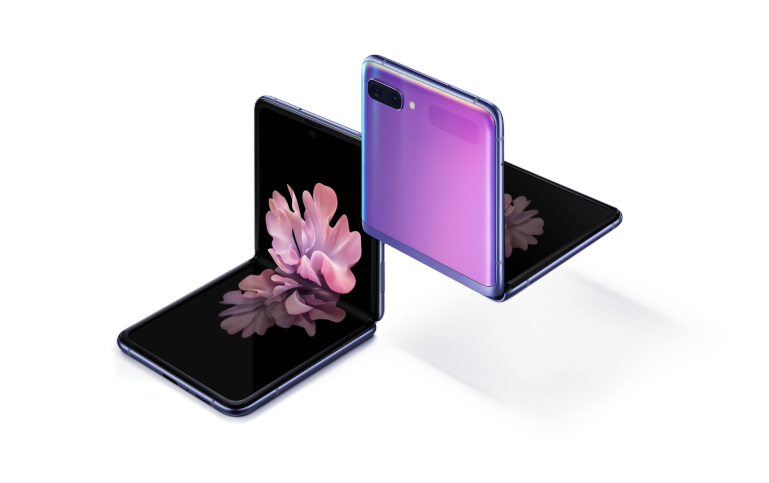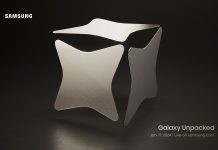Samsung, the known smartphones and other consumer electronics manufacturer, is apparently planning to ramp up the production of its foldable displays. The South Korean tech giant’s production line is currently capable of manufacturing 260,000 units per month. However, this number is expected to grow by about 600,000 units per month by the end of May while by the end of 2020, the production capacity is expected to rise further, up to million units a month.
This sizeable growth would be around a quadruple that of current standards. For those unaware, Samsung is one of the leaders for flexible OLED displays. The company was one of the first to ever release the first foldable smartphone and has also recently unveiled the Galaxy Z Flip, showcasing its increasing focus on such smartphones.

Since 2019, the demand for foldable screens has grown, thus, Samsung is aiming to supply such folding displays not just for its own offerings but for other OEMs as well. Furthermore, the company is also planning to build additional facilities to boost the production of the flexible display panels. These facilities are planned for Vietnam and will supplement the other production lines back in its home country, South Korea.
Editor’s Pick: Black Shark 3 Pro launched with a massive 7.1-inch AMOLED high-responsive display & 65W fast charging
According to an announcement from Philoptics, responsible for supplying cutting equipment for Samsung displays, the company has plans to provide $13.8 million and $5.84 million worth of equipment by the end of both May and July. This is indicative of the increasing scales of operations for the foldable displays and is in line with Samsung’s schedule as well.

Samsung is one of the largest manufacturers for OLED displays. The company is using this position of its to profit from a growing demand for such displays. It has been reported on multiple occasions that the smartphone market is under a stagnation period, so the increasing demand will only serve to benefit Samsung in this regard. Notably, Samsung had also recently achieved a breakthrough in displays with its UTG (Ultra Thin Glass) technology which is flexible while still offering better protection in comparison to plastic OLEDs.
UP NEXT: Dimensity 1000L still rank as AnTuTu’s most-powerful mid-range SoC in February
(Via)







